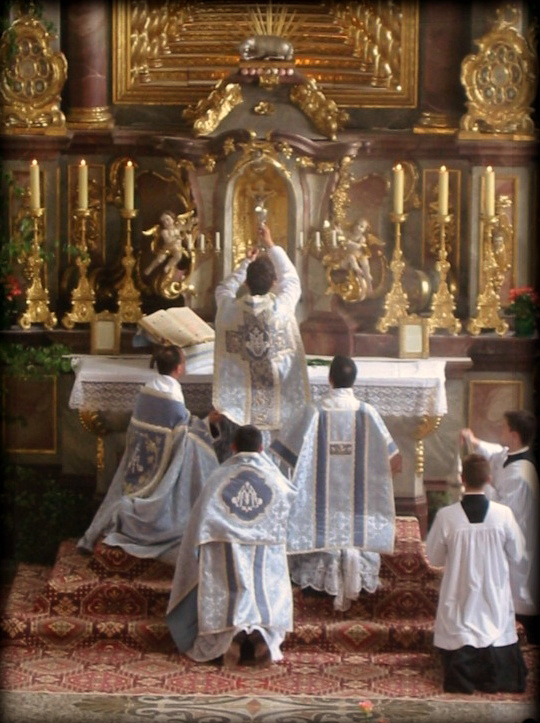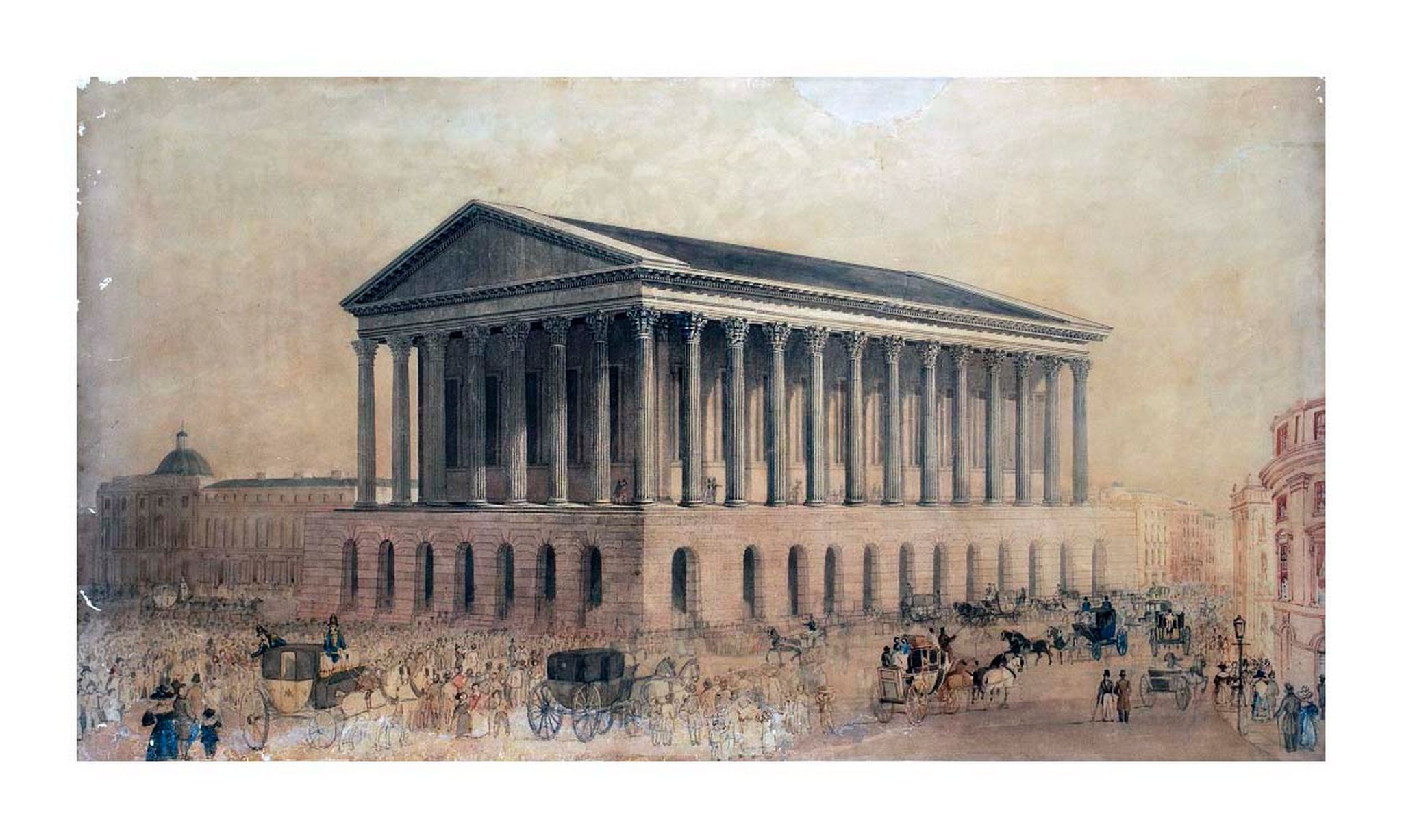|
Church Of St Walburge, Preston
St Walburge's Church is a Roman Catholic Church, Roman Catholic church (building), church in Preston, Lancashire, Preston, Lancashire, England, northwest of the city centre on Weston Street. The church was built in the mid-19th century to a design by the Gothic Revival architect Joseph Hansom, the designer of the hansom cab, and is famous as having the tallest spire of any parish church in England. St Walburge's is recorded in the National Heritage List for England as a Grade I Listed building#England and Wales, listed building. In 2014 Michael Campbell (bishop), Michael Campbell, Roman Catholic Bishop of Lancaster, entrusted the church to the Institute of Christ the King Sovereign Priest as a Shrine#Christianity, shrine for Eucharistic adoration, Eucharistic Devotion.Lancaster Diocese P ... [...More Info...] [...Related Items...] OR: [Wikipedia] [Google] [Baidu] |
St Mark's Church, Preston
St Mark's Church is a redundant church, redundant Anglican parish church in St Mark's Road, Preston, Lancashire, Preston, Lancashire, England. It is recorded in the National Heritage List for England as a designated Grade II* Listed building#England and Wales, listed building. In 1993 its benefice#Church of England, benefice was united with that of St Michael and All Angel's Church, Ashton-on-Ribble, St Michael and All Angels, Ashton-on-Ribble. History St Mark's was built in 1862–63 and designed by the Lancaster, Lancashire, Lancaster architect Edward Graham Paley, E. G. Paley. The cost of the church and the site was £6,594 (). The tower was added between 1868 and 1870. This is particularly tall because it was built to rival the very high steeple of the nearby Roman Catholic Church of St. Walburge, Preston, Church of St Walburge, which had been added to that church in 1867. By the middle of the 20th century the population of St Mark's ... [...More Info...] [...Related Items...] OR: [Wikipedia] [Google] [Baidu] |
Michael Campbell (bishop)
Michael Gregory Campbell OSA (born 2 October 1941) is an Augustinian friar and biblical scholar. He is a prelate of the Roman Catholic Church, who served as the Bishop of Lancaster in England from 2009 to 2018. Life Campbell was born in Larne, County Antrim, in Northern Ireland, in 1941 and entered the Order of St. Augustine around 1960. He was educated at University College, Dublin (BA) and King's College London (MA Biblical Studies). He professed solemn religious vows as a full and permanent member of the Order on 17 September 1966. He was ordained as a Catholic priest at the chapel of Austin Friars School in the city of Carlisle on 16 September 1971. In 2008, Campbell was appointed by Pope Benedict XVI as the coadjutor bishop of the Roman Catholic Diocese of Lancaster. He was consecrated by Patrick O'Donoghue, Bishop of Lancaster. He succeeded O'Donoghue on 1 May 2009. On his 75th birthday in October 2016, in accordance with the Catholic Church's guidelines, Campbell ... [...More Info...] [...Related Items...] OR: [Wikipedia] [Google] [Baidu] |
Salisbury Cathedral
Salisbury Cathedral, formally the Cathedral Church of the Blessed Virgin Mary, is an Church of England, Anglican cathedral in the city of Salisbury, England. The cathedral is regarded as one of the leading examples of Early English architecture, Early English Gothic design. Built over a relatively short period, some 38 years between 1220 and 1258, it has a unity and coherence that is unusual in Middle Ages, medieval English cathedrals. The tower and spire were completed by 1330. The cathedral's spire, at , is the tallest in England. The Old Sarum Cathedral, original cathedral in the district was located at Old Sarum, about north of the present city. In 1197 bishop Herbert Poore determined on a relocation but this was not taken forward until the episcopate of his brother, Richard Poore in the early 13th century. Foundation stones for the new building were laid on 28 April 1220 by the William Longespée, 3rd Earl of Salisbury, Earl and Ela of Salisbury, 3rd Countess of Salisbury, C ... [...More Info...] [...Related Items...] OR: [Wikipedia] [Google] [Baidu] |
Spire Of St Walburge Preston
A spire is a tall, slender, pointed structure on top of a roof of a building or tower, especially at the summit of church steeples. A spire may have a square, circular, or polygonal plan, with a roughly conical or pyramidal shape. Spires are typically made of stonework or brickwork, or else of timber structures with metal cladding, ceramic tiling, roof shingles, or slates on the exterior. Since towers supporting spires are usually square, square-plan spires emerge directly from the tower's walls, but octagonal spires are either built above a pyramidal transition section called a ''broach'' at the spire's base, or else free spaces around the tower's summit for decorative elements like pinnacles. The former solution is known as a ''broach spire''. Small or short spires are known as ''spikes'', ''spirelets'', or '' flèches''. Etymology This sense of the word spire is attested in English since the 1590s, ''spir'' having been used in Middle Low German since the 14th century, ... [...More Info...] [...Related Items...] OR: [Wikipedia] [Google] [Baidu] |
Tridentine Mass
The Tridentine Mass, also known as the Extraordinary Form of the Roman Rite or ''usus antiquior'' (), Vetus Ordo or the Traditional Latin Mass (TLM) or the Traditional Rite, is the liturgy in the Roman Missal of the Catholic Church codified in 1570 and published thereafter with amendments up to 1962. Celebrated almost exclusively in Ecclesiastical Latin, it was the most widely used Eucharistic liturgy in the world from its issuance in 1570 until its replacement by the Mass of Paul VI promulgated in 1969 (with the revised Roman Missal appearing in 1970.) "Tridentine" is derived from the Latin ''Tridentinus'', "related to the city of Trent", where the Council of Trent was held at the height of the Counter-Reformation. In response to a decision of that council, Pope Pius V promulgated the 1570 Roman Missal, making it mandatory throughout the Latin Church, except in places and religious orders with rites or uses from before 1370. Permissions for celebrating the Tridentine Mass ... [...More Info...] [...Related Items...] OR: [Wikipedia] [Google] [Baidu] |
Victorian Society
The Victorian Society is a UK charity and amenity society that campaigns to preserve and promote interest in Victorian and Edwardian architecture and heritage built between 1837 and 1914 in England and Wales. As a statutory consultee, by law it must be notified of any work to a listed building which involves any element of demolition or structural alteration. Goals The society, a registered charity, fights to protect Victorian and Edwardian heritage from demolition or careless alteration. As a membership organisation, the majority of its funding comes from subscription fees and events. As one of the National Amenity Societies, The Victorian Society is a statutory consultee on alterations to listed buildings, and by law must be notified of any work to a listed building which involves any element of demolition. The society: * Provides advice to churches and local planning authorities on how Victorian and Edwardian buildings and landscapes can be adapted to modern use ... [...More Info...] [...Related Items...] OR: [Wikipedia] [Google] [Baidu] |
Birmingham Town Hall
Birmingham Town Hall is a concert hall and venue for popular assemblies opened in 1834 and situated in Victoria Square, Birmingham, England. It is a Grade I listed building. The hall underwent a major renovation between 2002 and 2007. It now hosts a diverse programme of events including jazz, world, folk, rock, pop and classical concerts, organ recitals, spoken word, dance, family, educational and community performances, as well as annual general meetings, product launches, conferences, dinners, fashion shows, graduation ceremonies and broadcasts. History The building was created as a home for the Birmingham Triennial Music Festival established in 1784, the purpose of which was to raise funds for the General Hospital, after St Philip's Church (later to become a cathedral) became too small to hold the festival, and for public meetings. Two sites were considered by the Birmingham Street Commissioners for the construction of a concert hall in the city; Bennetts Hill and the ... [...More Info...] [...Related Items...] OR: [Wikipedia] [Google] [Baidu] |
Mary Magdalene
Mary Magdalene (sometimes called Mary of Magdala, or simply the Magdalene or the Madeleine) was a woman who, according to the four canonical gospels, traveled with Jesus as one of his followers and was a witness to crucifixion of Jesus, his crucifixion and Resurrection of Jesus, resurrection. In Gnosticism, Gnostic writings, Mary Magdalene is depicted as Jesus’s closest disciple who uniquely understood his teachings, causing tension with Saint Peter, Peter, and is honored as the “apostle to the apostles.” Mary Magdalene was a historical figure, possibly from Magdala. She was a prominent follower of Jesus who was believed to have been healed by him, supported his ministry financially, and was present at his Crucifixion of Jesus, crucifixion and burial. She played a key role among his female disciples. Overall, there is limited information about her life. Speculations about Mary Magdalene range from scholarly theories that she was the “disciple whom Jesus loved” in the ... [...More Info...] [...Related Items...] OR: [Wikipedia] [Google] [Baidu] |
Winibald
Winibald (Winebald, Winnibald, Wunebald, Wynbald) (c. 702 - 18 December 761) was abbot of the Benedictine double monastery of Heidenheim am Hahnenkamm. Traditionally, he is called the brother of Willibald and Walpurga. Life Winibald's father was a West Saxon nobleman, Richard the Pilgrim and his mother was Wuna of Wessex. Willibald was his brother. With his father and brother he made a pilgrimage to Rome around the year 721. His father died in Italy.Mershman, Francis. "Sts. Willibald and Winnebald." The Catholic Encyclopedia Vol. 15. New York: Robert Appleton Company, 1912. 24 Apr. 2019 In Rome, they fell ill, possibly with malaria, although Hygeburg says it was the Black Plague. Once recove ... [...More Info...] [...Related Items...] OR: [Wikipedia] [Google] [Baidu] |
Willibald
Willibald (; c. 700 – c.787) was an 8th-century bishop of Eichstätt in Bavaria. Information about his life is largely drawn from the ''Hodoeporicon of Willibald'', a text written in the 8th century by Huneberc, an Anglo-Saxon nun from Heidenheim am Hahnenkamm who knew Willibald and his brother personally. The text of the ''Hodoeporicon'' ("Itinerary") was dictated to Huneberc by Willibald shortly before he died. Willibald's father was Richard the Pilgrim, and his mother Wuna of Wessex. His brother was Winibald and his sister was Walburga. Willibald was well-travelled and the first known Englishman to visit the Holy Land. His shrine is at the Eichstätt Cathedral in Germany, where his body and relics from his journeys are preserved. His feast day is 7 July. Early life Willibald was born in Wessex on 21 October around the year 700. His mother, Wuna of Wessex, was reportedly a sister of Boniface. His father, Richard the Pilgrim, was a chieftain of Wessex. At the ag ... [...More Info...] [...Related Items...] OR: [Wikipedia] [Google] [Baidu] |
Richard The Pilgrim
Richard the Pilgrim or Richard of Wessex, herself quoting (died 720) was an English nobleman and Christian saint. He was the husband of Wuna of Wessex and the father of the Kingdom of the West Saxons, West Saxon saints Willibald, Winnibald, and Saint Walpurga, Walpurga. He led his family on a Christian pilgrimage, pilgrimage to the Holy Land but died en route in Lucca, where he was buried in the Basilica of San Frediano, church of Saint Fridianus.David Farmer (ed.), "Richard (d. 720)", in ''The Oxford Dictionary of Saints'', 5th rev. ed. (Oxford University Press, 2011), p. 378. The name of the saints' father is not given in the 8th-century ''Hodoeporicon'' (Itinerary) of Hygeburg, the earliest source, nor is Richard listed in the earliest martyrologies. The name Richard and his identity as a "King of the English" are inventions of the 10th century from the monastery of Heidenheim, Bavaria, Heidenheim.Paul Burns, ed., ''Butler's Lives of the Saints: February'' (The Liturgical Pres ... [...More Info...] [...Related Items...] OR: [Wikipedia] [Google] [Baidu] |






